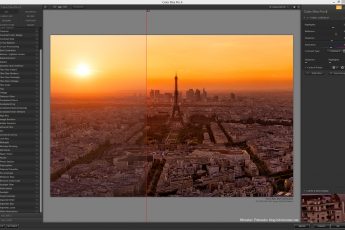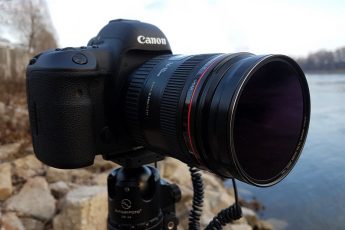Sharing photos
I, as many of you, share photos online. But can you protect your photo from being downloaded once it has been shared online? The short answer is no. The long answer needs a bit more explaining, so today I will look at how photos are protected online, and why it’s pointless.
Can you protect your photos online?
- Block right click – Most portfolio websites offer this option. You can disable the right-click option in the browser while viewing the page. Does this work? No. Is it annoying? Yes. A moderately advanced user can open up the page source and get the file anyway. The only thing one accomplishes by using this is annoying the visitors, as a right click is used for many other things than just saving an image.
- Watermarks – Small watermarks can be removed easily, big ones with a bit of work. Again, a bit of knowledge of Photoshop and you can get rid of watermarks very quickly. One would have to use a very intrusive watermark to be able to completely prevent this. You can see those when browsing stock photography sites, but if someone really wanted to get rid of it, one could.
- Embed into Flash – No longer so popular, but some sites used to show images embedded in flash animations. Like that, you prevent being able to save the image and there is no access to the source. But this does not help against taking a simple screenshot. And all your work was for nothing.
- Share only in apps – On mobiles, some apps can prevent you from taking a screenshot, and they don’t offer any way of saving an image. So you would think, share there, and nobody can save it. But that’s not true. There are programs where you can run apps on a PC and once it’s there, screenshot works without issues.
- Share small resolution – Another popular method is just sharing a small resolution image. While this can be saved, it can’t be used for much. This used to work fairly well, but not anymore. With the rise of AI resizers, you can resize a photo 4x, 6x and even more times, while still having a reasonable quality result.
- Share a small, very low-quality photo – Ok, this one still works. If you share a small photo, saved at a very low quality, I don’t think anyone will want to download it. But it also defeats the reason of sharing photos in the first place. It will not represent your work at all.
The point I want to tell here is that if somebody wants to download your photo, once you share it, there is nothing you can do. Even if you created the perfect protection, they still can just take a photo of your photo on the screen, and your effort is gone.
I stopped worrying about it a while ago. Now I share bigger photos (some even in 4K) and the watermark in the corner is there as branding not as protection. I think most of you could remove it in seconds. It’s the same as with any other content protection out there. If somebody really wants to remove it, they will.








Leave a Comment